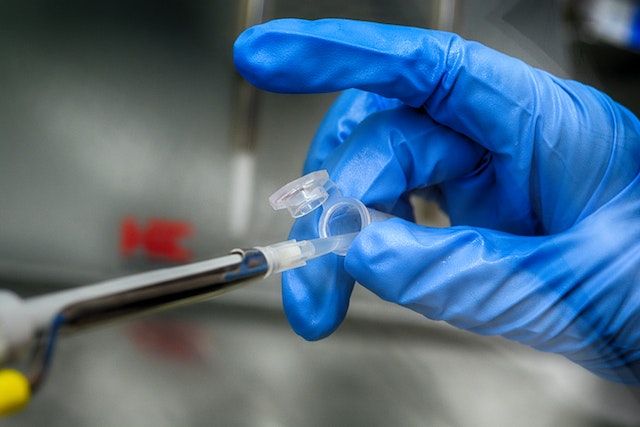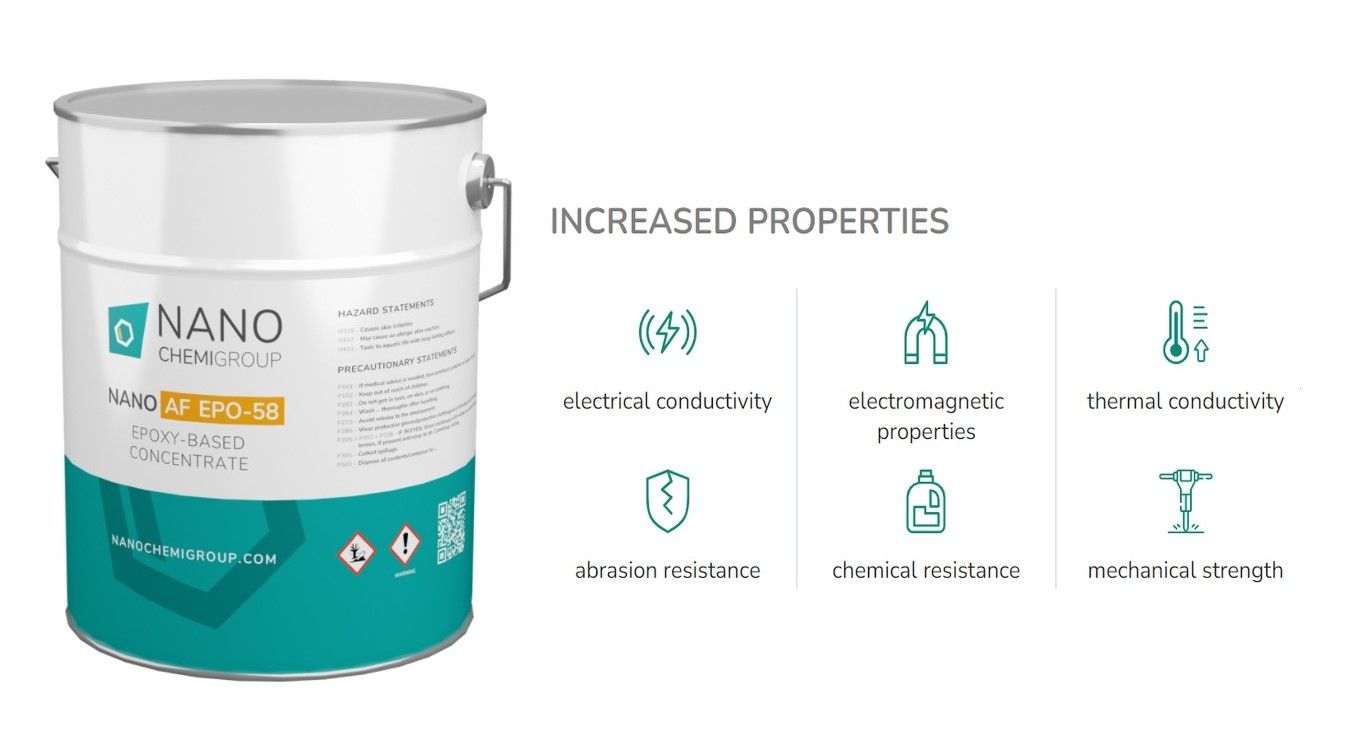Polymer scientists are now able to combine nanomaterials to create a polymer composite which can fold and unfold itself when in contact with moisture. It is a discovery which could ultimately form the basis for self-wrapping Christmas presents or awnings which auto-retract when it rains, as well as having practical applications as an ideal base material for programmable actuators.
The material was created from a polymer feedstock of polyvinyl alcohol (PVA) and polystyrene sulfonate (PSS) which were mixed with cellulose nanofibrils (CNFs) to create a CNF/PVA/PSS (CAS) film. Once the mixture had dried out, a tight network of chemical and physical bonds had formed to create a composite which was tough, stretchable, and even self-healing.
The novel polymer compound was made through a collaboration of polymer and nanomaterial researchers from the Royal Institute of Technology Stockholm (KTH), Hamburg’s DESY research centre, and the Helmholtz Centre for Heavy Ion Research.

Testing conducted on the polymer film found that when it was stretched beyond its yield strain, the deformation was preserved in static samples and found to be self-repairing when the humidity of the environment was increased.
“The self-repair mechanisms make this material truly unique,” says the study’s first author DESY scientist Qing Chen.
The researchers have now published their findings in the journal Advanced Functional Materials, where they report, “… the biomimetic fabrication of a programmable, stretchable, and self-healable actuator.” Adding that, “… the bending deformation of the CAS films can be programmed in three aspects:
1) the direction of bending, which is determined by the oblique angle between the long axis of the tailored sample and the radial direction of the CAS film.
2) the angle of bending, which is determined by the radial distance between the center of the strip and the CAS film.
3) the speed of bending, which is strongly influenced by the aspect ratio of the sample.”
“It is the polystyrene sulphonate in particular that makes the film extremely stretchable and tough,” notes Chen. “This ingredient of the solution can be broadened by mixing food colouring agents, thus making it more colourful and diverse.”
“In principle, we can make an active wrapping paper out of the material,” notes co-author Stephan Roth, “you just have to spray some moisture on it, and it unwraps itself.”
You can watch the new nanomaterial composite in action here.
While at present only samples of the film measuring several centimetres in size have been produced, it is likely that the process could be scaled-up, with the door certainly being pushed open for further research into how nanomaterials can give polymers actuator properties.
For example, it is already widespread practice in industry and manufacturing to employ nanotechnology in the production of polymers, coatings, lubricants, ceramics, glass, and countless other products. This is because adding only a tiny amount of nanomaterial into a material can provide that bulk material with properties such as added strength, electro-conductivity, anti-microbial properties, UV-light protection, chemical resistance, thermal-conductivity, abrasion resistance, and more.

Now that nanotechnology is even able to turn a polymer composite into a moving actuator which is stretchable and able to repair itself, then many other capabilities will also seem possible. All that is required is the skills, equipment, and knowledge of where to look!
If your company has a technical task or would like to improve one of its products, or if you have a product that requires additional testing, then please get in touch with POLYMER NANO CENTRUM at info@polymernanocentrum.czor call +420 233 371 850.
More information about the company’s research projects and product range can be found at POLYMER NANO CENTRUM.
Photo credit: Jorge Sepúlveda on Pexels, POLYMER NANO CENTRUM, & Roman Odintsov
